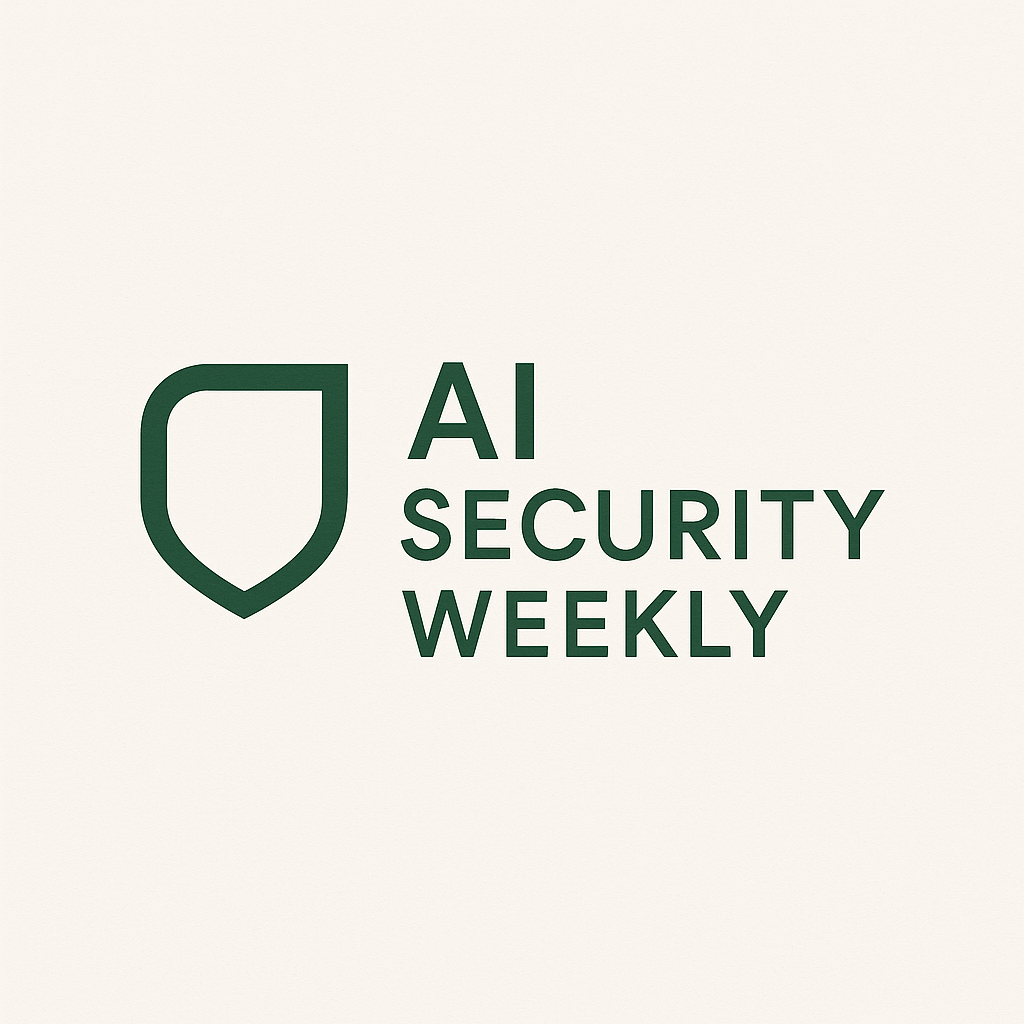The changing digital environment is redefining the roles and priorities of Chief Information Security Officers (CISOs) across various sectors.
As cyber threats become more intricate and persistent, organizations are increasingly relying on Threat Intelligence Platforms (TIPs) for a proactive, data-centric approach to security.
Modern TIPs now go beyond merely collecting threat feeds; they offer enhanced analytics, automation, and integration features that enable CISOs to predict, identify, and respond to threats more swiftly and accurately.
AI-Driven Threat Intelligence: From Data Overload to Actionable Insights
The rapid pace of digital transformation has led to an overwhelming amount of data pertinent to security teams. However, the large volume and speed of threat data can challenge even the most skilled analysts.
Contemporary TIPs counteract this issue by incorporating artificial intelligence and machine learning at their core. They can analyze millions of data points—such as malware signatures and phishing indicators—transforming them into prioritized, actionable intelligence.
Trends Accelerating TIP Adoption in 2025
Five key trends are shaping the TIP landscape in 2025:
- Converged Security Operations: TIPs are increasingly integrated with Security Orchestration, Automation, and Response (SOAR) platforms and SIEM systems, creating a seamless workflow.
- Geopolitical and Supply Chain Intelligence: As threats from nation-state actors grow, organizations utilize TIPs to monitor geopolitical risks and assess vendor vulnerabilities.
- Ransomware and Extortion Defense: TIPs adopt advanced analytics to combat evolving ransomware tactics and disrupt criminal networks.
- Compliance and Regulatory Automation: TIPs ensure continuous alignment with regulatory frameworks, easing the burden on security teams.
- Human-Centric Threat Modeling: By employing behavioral analytics, TIPs help detect insider threats and social engineering attempts more effectively.
CISO Strategies for TIP Success
For CISOs, leveraging Threat Intelligence Platforms is about more than just technology; it signifies a shift toward a comprehensive operational and cultural transformation throughout the organization.
The most effective CISOs advocate for a unified vision, aligning TIP capabilities with business goals and risk management strategies, ensuring that threat intelligence informs decision-making across all levels.
As threats evolve, so must the organization’s defenses. CISOs are focusing on continuous training, simulations, and collaboration with peers, creating a resilient security posture capable of adapting to new challenges.
Ultimately, successful CIOs will secure their organizations from current risks and prepare them for future uncertainties by embedding threat intelligence as a cornerstone of their strategy, thereby enhancing cybersecurity’s role as a driver of trust and competitive advantage.



